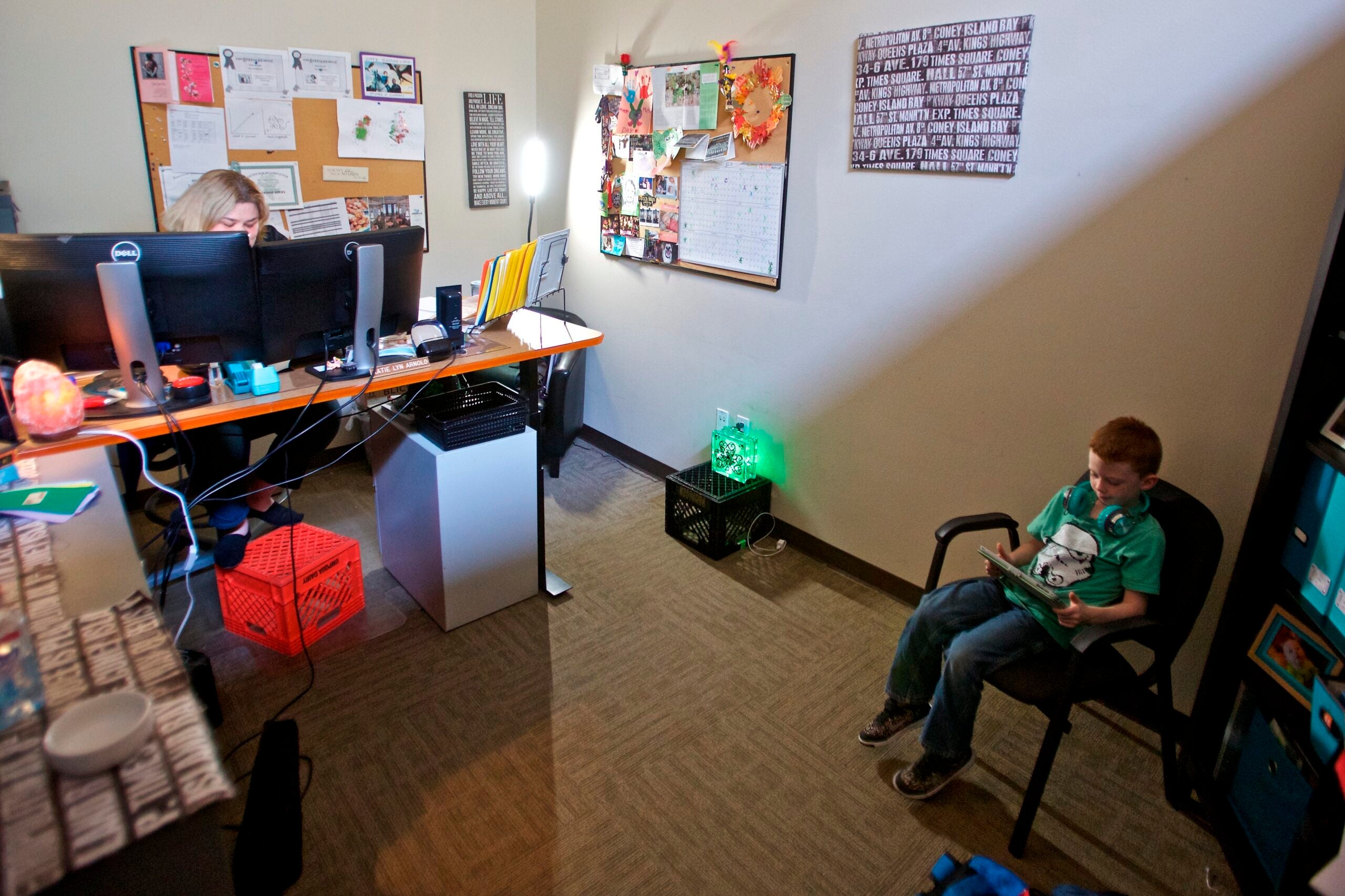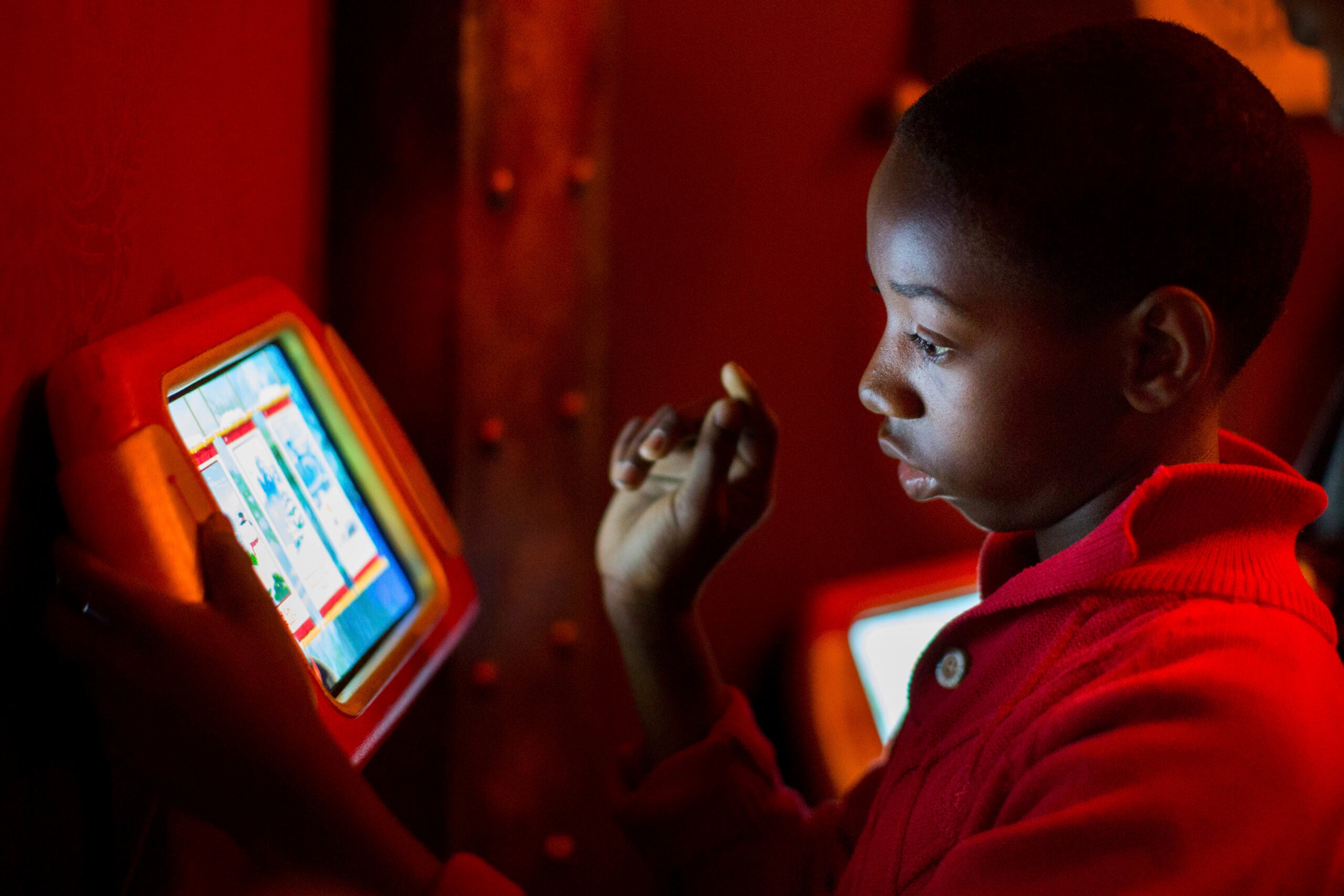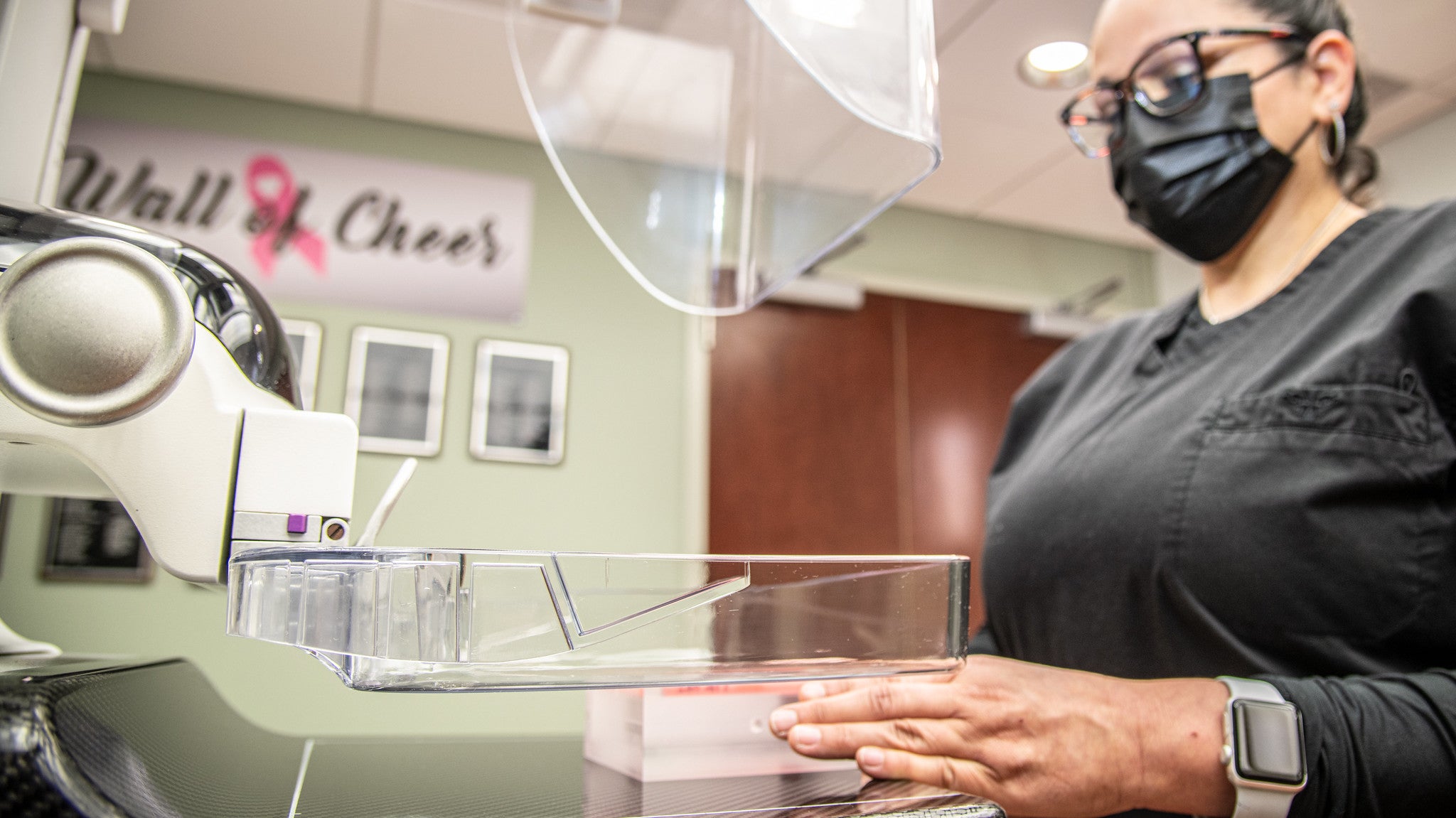Parents who want their children to eat broccoli know that they have to eat broccoli themselves, said pediatrician Dr. Natasha Burgert. The same goes for yoga. Or meditation. Or screen time.
But getting students back into a screen time routine, at a time when parents are working from home and constantly connected to devices, could be a heavy lift.
“If we want our kids to really have some boundaries with screens, we have to demonstrate that on our own,” said Burgert, a spokesperson based in Kansas for the American Academy of Pediatrics. “And that is really challenging for families right now who are working at home … to demonstrate that balance with screens and that healthy relationship.”
Stay informed on the latest news
Sign up for WPR’s email newsletter.
As the limits imposed by the pandemic slowly lift and life begins to feel a bit more like pre-pandemic times, some parents might be left wondering how to reset screen time boundaries that have largely been lax over the past 18 months.
Concerns about screen time are nothing new. In fact, before the pandemic stole the spotlight in conversations about what’s best for young people, conversations between parents and doctors in Burgert’s office often revolved around screen time best practices.
The conversation has now shifted to questions about imposing screen time limits in an environment that has become increasingly reliant on them.
Of course, screen technology has been around for decades, but the way people have engaged with it has changed, Burgert said. For example, watching television used to be a family event. It facilitated social time with family and friends, she said. Today, screen use is much more individualized and there’s far less sharing. Children might be watching different Netflix shows than their parents. And a parent likely isn’t going to share with a child what emails they’re checking.
Another challenge is that screen use can impact brain chemistry because it feeds pleasure hormones that surge with instant gratification.
It will take some conscientious effort to wean ourselves and our children off of the devices and recalibrate our hormones. Balanced hormones help with self-regulation, emotional stability and the ability to calm ourselves. It’s important too, that we can entertain ourselves without relying on the device to help, Burgert said.
Here are some tips that Burgert said could help:
Take A Break
Acknowledge the past 18 months have been difficult and that families have been working hard to find solutions to challenging situations. Burgert said it’s important for people to give themselves some grace and realize that changes can’t be made overnight.
“Our environment, our utility of these devices has literally been life-saving for some of my kids,” she said. “It was the only way to connect to therapists, to connect to their friends, to connect to their families during this time of chronic stress.”
Focus on simple, small changes over the next few weeks to prepare everyone for the transition to fall, she said.
Explain Yourself
While you’re taking steps to reduce the amount of screen time for your children, communicate with them why you are using technology in front of them.
For example, if a parent needs to check email, they should articulate that to their children if they’re in the room.
“I’m not just going to pick up my device and check my email,” Burgert said. “I’m going to say, ‘Johnny, I’m expecting an important email from work. I’m going to check my phone for a minute to see if that email came in, and then I’m going to put it down.’”
She said by explaining that you’re disengaging from the child for a purpose, in this case work, it reinforces for the child that the device has a utility. That’s much different than scrolling mindlessly through an app on your phone when your child is watching tv, she said.
Keep A Family Focus
When things get crazy, it can be difficult to set strict limits for children when it comes to screen time, Burgert said.
Instead, try to keep your focus broad and build in habits each day for the whole family. For example, work on getting back into good sleep habits. Or, try building in time each day for a family meal.
After that is done, Burgert said it’s easier to figure out where and how screens fit into the picture.
“It’s a lot easier for me to tell my kid when they can use the screen than when they can’t,” she said.
Cut The Cold Turkey Method
Parents could certainly try to completely cut out screen time, but Burgert said doing that is going to make for a difficult week.
“Some of that emotional dysregulation that’s going to come with tech withdrawal is really going to make for a very miserable few days,” she said.
And when it gets really bad, families might just decide to give up on trying to implement those strict limits.
Burgert said a gentler response might include focusing on when the technology is interfering with the health or safety of the child.
If watching TV is preventing children from falling asleep, for example, Burgert said to try playing music or a podcast before bed. Or, put a timer on the TV so that it shuts off after 20 minutes, and encourage the children to try to fall asleep in that timeframe.
“It’s about finding some middle ground in those specific instances where screen time is a problem,” she said.
Switch To Quality Content
We’re not out of the woods yet when it comes to the pandemic, and for some people, screen time helps ease anxiety and stress.
In these situations, Burgert said it’s best to focus on quality over quantity. For example, look for an app, program or master class that your children can use or take to help pass the time.
Instead of watching reruns of a favorite show, switch to an educational show. Or, maybe help your children find a video on YouTube that walks them through the steps of how to draw a specific object.
“It’s going to be engaging and entertaining, but maybe has a little bit more of a beneficial output than just mindless scrolling,” she said.
Wisconsin Public Radio, © Copyright 2024, Board of Regents of the University of Wisconsin System and Wisconsin Educational Communications Board.





